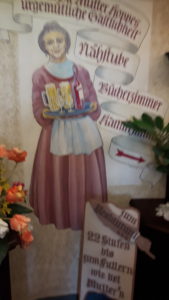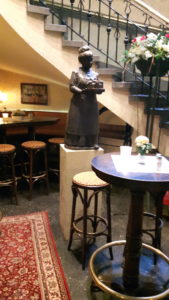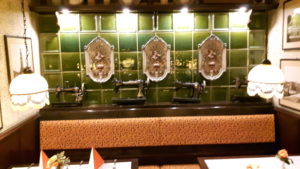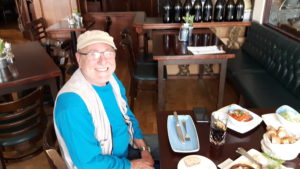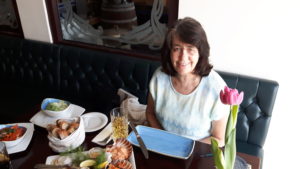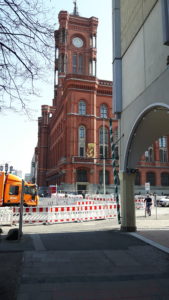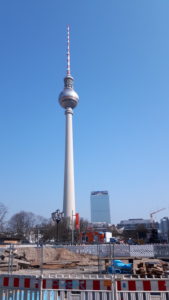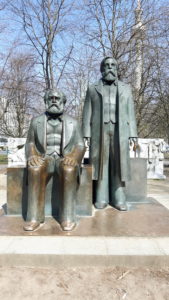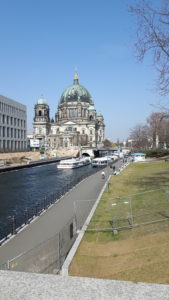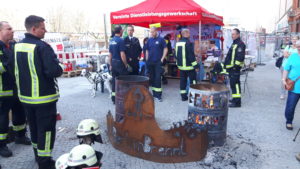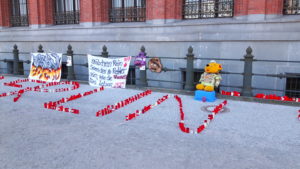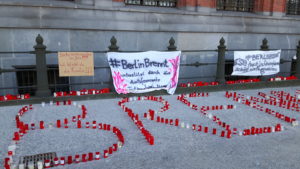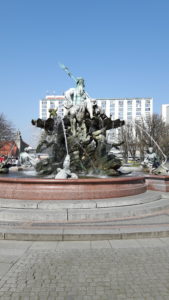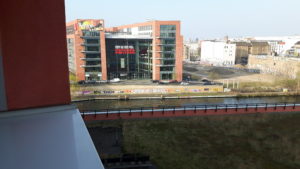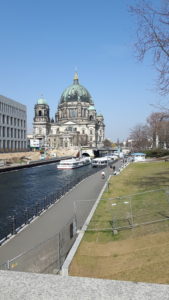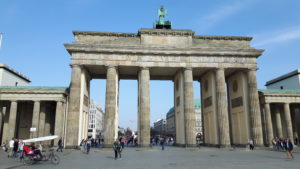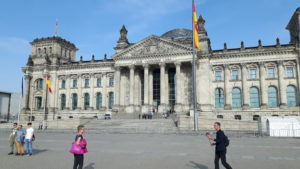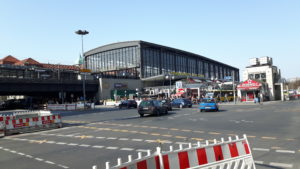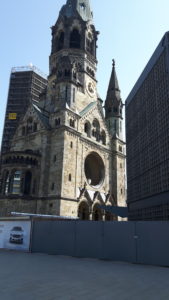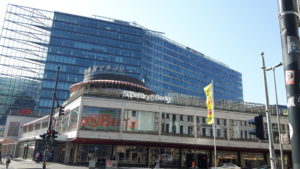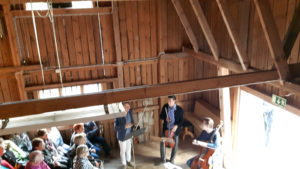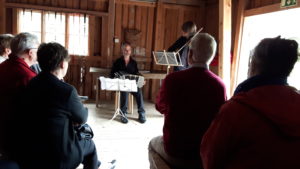Back to Tampere – Back to the Work Research Centre (WRC)
In my previous post I reported on my participation in the international conferences organised by Stockholm University in the beginning of May 2017 and 2018. In the middle of May I had another trip – this time to my old home town Tampere, Finland and to my old institute – the Work Research Centre (WRC) of the University of Tampere. It so happened that the WRC was celebrating its 30th anniversary and I had been one of the founding members. So, this was going back to the roots and via a long journey down the memory lane.
I was particularly happy to attend this event because 30 years before I had missed the founding festivities due to clash of dates with some other obligations. Also, I was looking forward to this event, since my ex-colleagues had asked me – half a year before – to write a text on the founding phase of the WRC for a national event that took place in Tampere. At that time I could only send the text, not knowing how it will be used and in what kind of setting it will be presented. So, I was exited to see, what had happened with my old institute, how many friends of old I would meet and who are the champions of the younger generation that are continuing the work. But let us go back to the memories before we get to the event.
“How it all started” – what did I write down
The colleagues had asked me to write a text on the founding phase, because they new that I had been involved in a preparatory planning initiative (1986-1987) and that this particular initiative did the seeding work that led to the decisive steps in 1988. For me this was of fundamental importance, because that planning task was my first job after graduation. And after the founding of the WRC I worked as a semi-senior researcher for laying the foundations for research on “Education and Working Life”. This work took me first to Nordic (Scandinavian) cooperation (1988-1992) and to European cooperation (1991-1994). In this process I got deeper involved in research in the field of vocational education and training (VET). And then, at the advent of the Finnish EU-Membership I was sent as a national seconded to the European Centre for the Development of Vocational Training (Cedefop), which at that time was located in Berlin. And after Finland joined EU, I got a job in Cedefop as a temporary official of EU and moved with Cedefop to Thessaloniki, where it was relocated in 1995. (And after my time in Cedefop I ended up – via a transitional phase – to my present job in ITB, University of Bremen.)
What could I then bring into discussion on the founding phase – having been there a relatively short while and then having been so many years elsewhere. Probably the best service I could do was to reconstruct the history of creation of the WRC as an achievement of an innovative movement that sought to upgrade the standing of research on working life in the university structures and to stimulate interdisciplinary cooperation in theory and practice. Firstly this was sought by planning an interdisciplinary post-graduate Master programme for R&D in working life. In the planning of this concept I did my best to pass information on similar initiatives in Scandinavia and in Germany. Moreover, I tried to pass information policies and innovation programmes to improve quality of working life (LOM in Sweden and Humanisierung der Arbeit in Germany). Whilst, the post-graduate Master programme was not picked up as such, the idea to strengthen the institutional status of research on working life was taken seriously. At that time a new government coalition was being forged and the trade unions were heavily in favour of stronger support for specific research activities on working life. Also, the new management of the University of Tampere understood, what was coming up. Therefore, a decision was made to strengthen research on working life throughout the university faculties and to set up a special research unit – the WRC.
Whilst there were many processes that contributed to the founding of the WRC, the relatively young researchers who started there with project funding, had to develop the patterns of work and the modes of cooperation from scratch. But, for creative young researchers this was a source of inspiration rather than a factor of demotivation. And, given the strong winds from research policy and the support from Social partners, several flagship projects were launched already in the early years. Some of them were intensively working with the Social Partners – in particular the action research projects on quality of working life in municipal organisations or on the modernisation of work processes in textile and clothing industries. In the long run these projects provided the basis for a research tradition that has been continued later on. This was my message.
How was it received – reflections on the event in Tampere
I arrived early, so the first thing that I saw was a poster exhibition – consisting on three major posters. In the first one there was a brief description on the founding of the WRC with several photos of the early years. In the second one was my text nicely lay-outed. In the third one was a specific history of the action research projects with photos from different project generations.
When the event started, there was s short welcoming address on behalf of the University of Tampere, then some music played by a band consisting of young professors and researchers. Then, the interim manager Sirpa Syvänen (already involved in the earliest action research projects) gave a speech on the development of WRC. The very way that she relied – explicitly – on my text and drew upon the analysis when continuing to the newer phases – that gave me a good feeling. The researchers of WRC were telling their own history, how they made the WRC sustainable via their own work. And this was mirrored by a young researcher who reflected, how WRC could develop in the future.
Then, the event moved to a phase of two successive slots of parallel workshops, During the first slot I attended the workshop on dialogical innovation projects – referring to the flagship project “DINNO”. Here I was pleased to see that these projects are built on wider networks – involving other research institutes alongside WRC and involving regional universities of applied science (when the training of healthcare professionals is concerned). In the second slot I attended a workshop that discussed myths and facts on modern employment relations. Here the speakers were professors and researchers from the Faculty of Social Sciences – with affiliation with the WRC. They were referring to projects using national and Nordic statistics. Here I was pleased to see that the boundaries between the WRC and the faculty departments were easy to cross and that practical cooperation was everyday life practice.
At the end of the event the recently appointed new director of the WRC – a newcomer from a neighbouring university – was presented and she gave the concluding speech with a commitment to continue the good work in such a collaborative spirit as had been demonstrated in the event.
—
I guess this is enough of my memories and of this very special event. I was happy to see that I had been able to contribute something special for the preparation of the event. And I was even happier that the WRC could proudly celebrate itself as a thirty-year old research unit that had been built and carried on by project-based researchers relying on their own competences and on collaborative spirit. We agreed to stay in contact and I am looking forward to next encounters.
More blogs to come …
